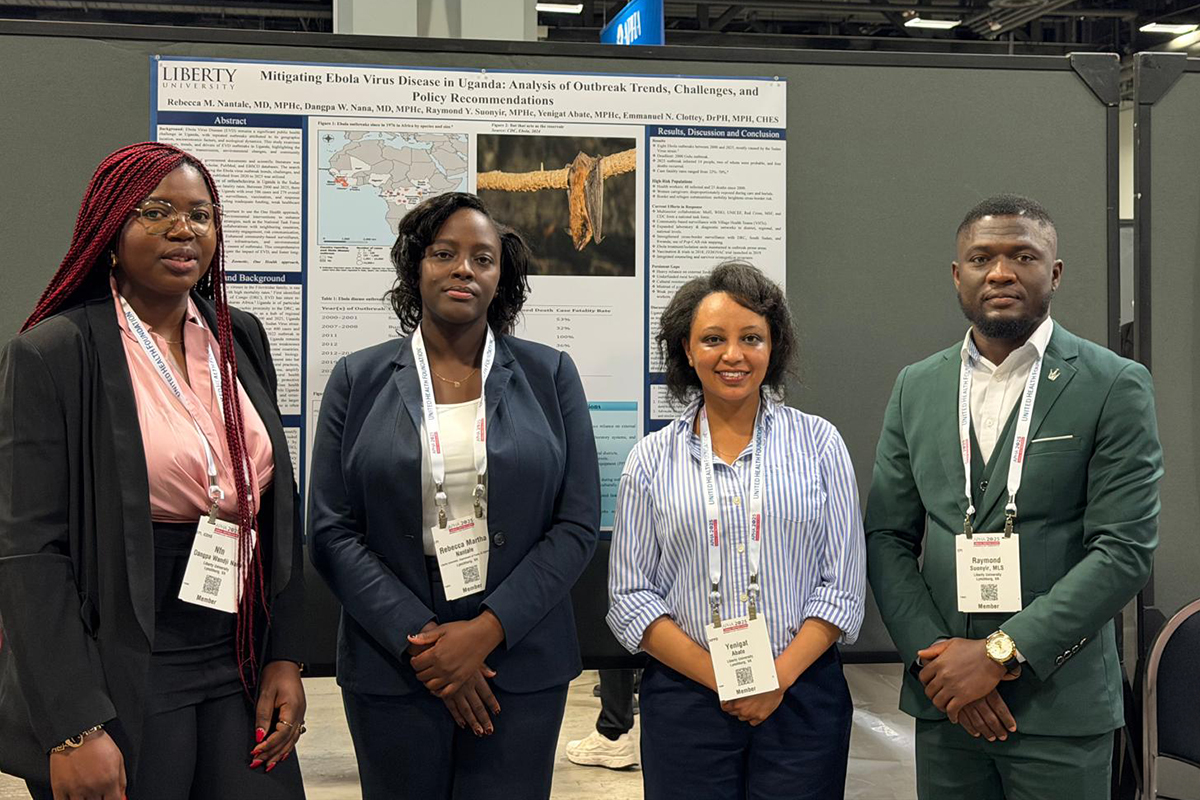Engineering professors’ hydropower-solar project gaining ground
July 8, 2021 : By Ted Allen - Office of Communications & Public Engagement
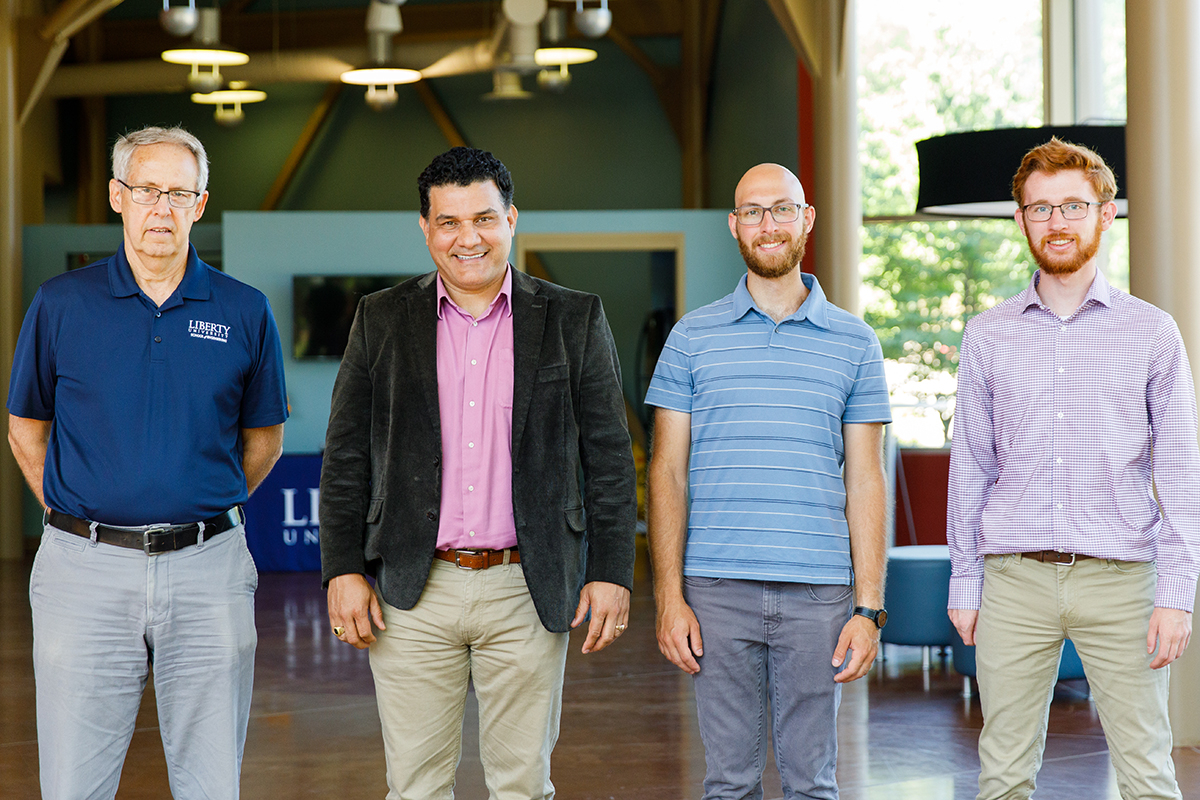
Two Liberty University mechanical engineering professors presented research progress for their patent-pending pumped-storage hydropower (PSH) technology to representatives of the Virginia Department of Mines, Minerals, and Energy (DMME) and Coalfield Strategies at the school’s Center for Energy Research & Education (CERE) last week.
Drs. Hector Medina and Tom Eldredge received a $100,000 award of in-kind support from national labs as grand finalists of the U.S. Department of Energy’s Furthering Advancements to Shorten Time (FAST) Pumped-Storage Hydropower (PSH) competition in 2019.
“The DOE is interested in seeing this technology being developed and even eventually commercialized,” Eldredge said.
The scalable energy aspect of their 100-kilowatt system — which can be used to provide more power at times of peak demand — makes it attractive to university campuses, small communities, and islanded microgrids, as well as industries requiring large amounts of electricity, such as paper, steel, aluminum, and plastics manufacturers, or smaller plants. The energy generated can also be transmitted off site.
“It could have a significant benefit in offsetting electricity prices for a facility,” Eldredge said. “It can generate energy via hydropower, solar, or wind, and it can also store energy, and serve a community or a university, a hospital, a prison.”
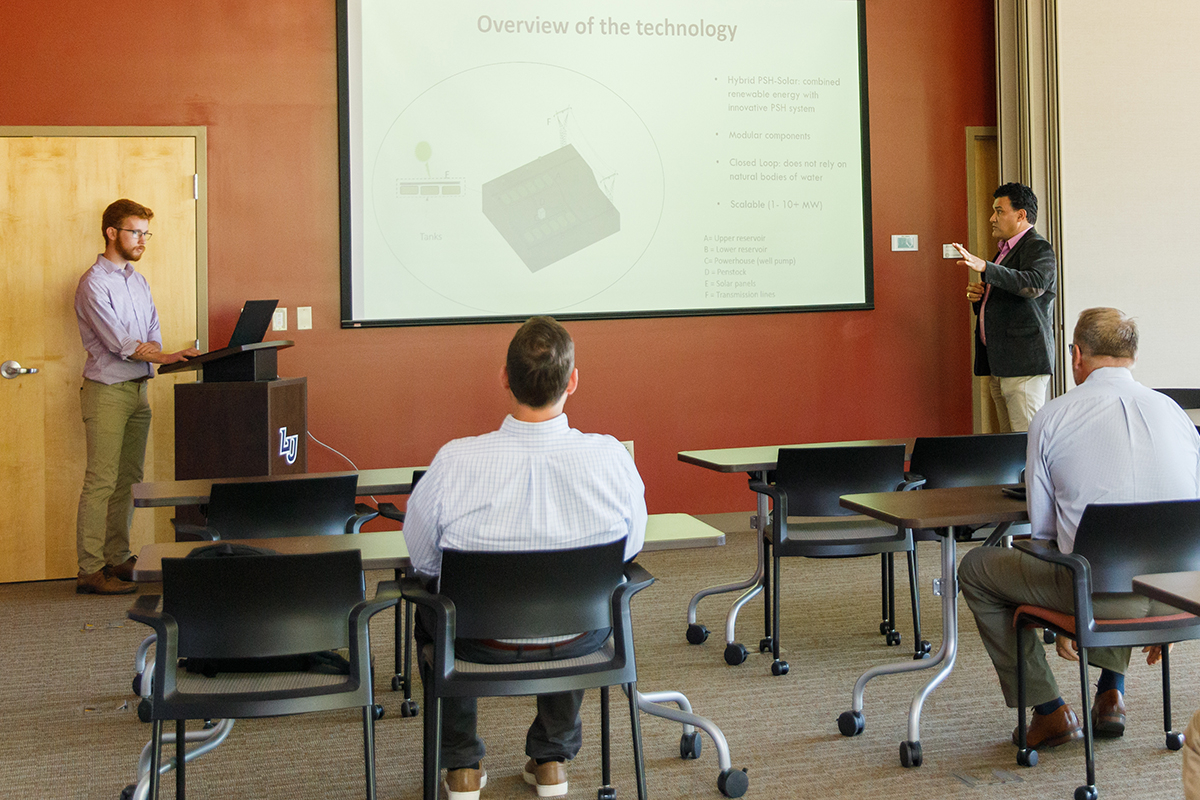
PSH is by far the largest form of energy storage in the world. The professors’ “Project Energizer” device is a high-tech solution with myriad industrial applications that can be coupled with other renewable power sources.
Medina said that traditional pumped storage hydropower energy systems (using the force of downward-moving water to produce mechanical energy) involve excavations and disruption to natural habitats, with the removal of trees and an impact on lakes or other naturally existing bodies of water. Because Project Energizer is adaptable to sites without natural bodies of water, there is little to no environmental impact or hazardous risk. It has also been designed to cause minimal invasion as a closed-loop system (reusing the same water resources).
“There are a lot of hurdles and environmental approvals that this type of project would normally have to go through, but our technology eliminates some and simplifies others,” he said. “By improving the conventional technology, reducing risks, and decreasing the time of commissioning — from the time the project is devised to the moment of implementation, when it can start storing energy and being useful to industry and society — we can decrease the capital investment.”
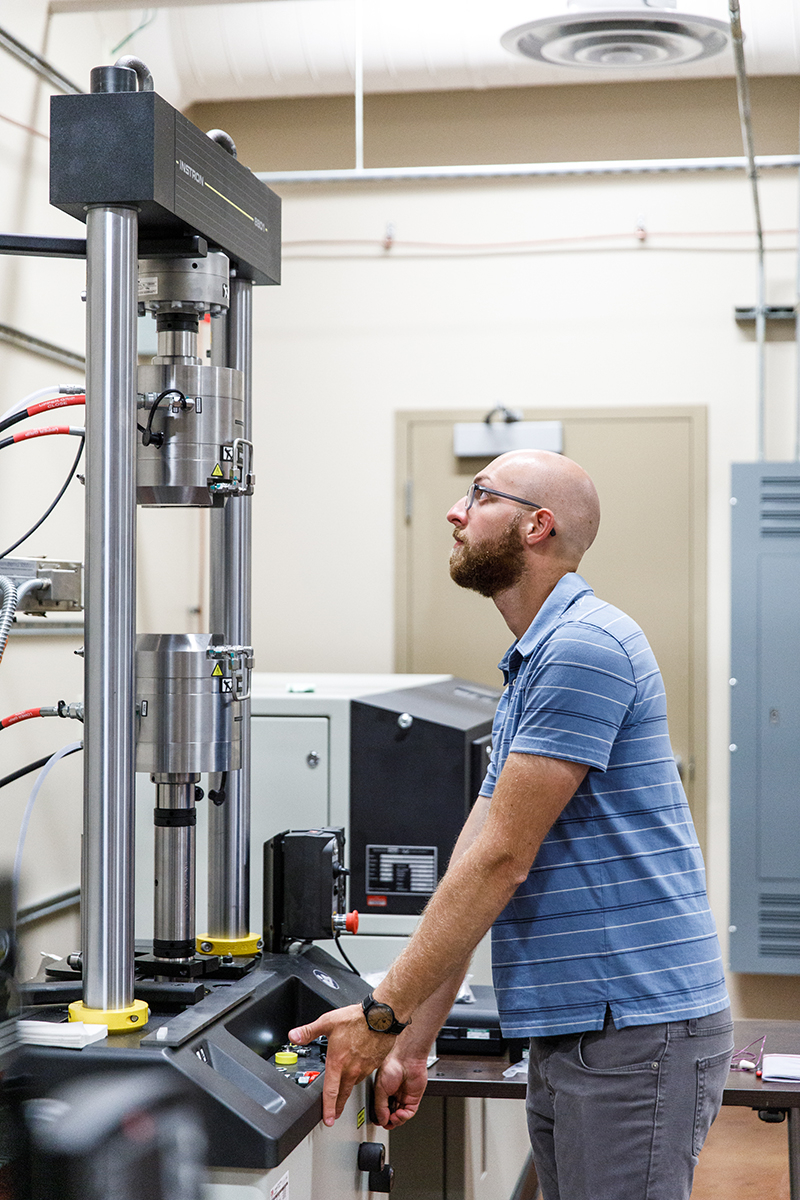
Among other opportunities, they hope to leverage Southwest Virginia’s unique geography, topography, and land availability from reclaimed surface mining to revolutionize the implementation of pumped storage hydropower systems.
Last summer, their technology was recognized by Coalfield Strategies’ Invest SWVA — a marketing campaign in Southwest Virginia — as one of two innovative energy projects to reinvent how energy is produced, stored, and used. A $75,000 GO Virginia grant resulted from this partnership, in collaboration with Lenowisco, Coalfield Strategies LLC, and DMME.
Will Payne, managing partner of Coalfield Strategies, and Will Clear, DMME’s director of administration, attended the June 28 presentation at CERE and offered constructive feedback on how to tap into the necessary resources to develop the model into a full-scale prototype, starting with a 100-kilowatt system.
“We gave them an update on the progress, because they are critical in the funding for the small-scale testing here, and discussed opportunities for the next steps in terms of implementation,” Medina said, noting that a national energy lab is being planned on property in Wise County, Va., which could be used to receive matching federal grants. “The energy lab could be an ideal location for implementing a 100-kilowatt proof of concept.”
Clear said Southwest Virginia is ideally suited for this type of energy production due to the availability of 100,000 acres of previously mined (now abandoned) property with several underutilized power transmission systems.
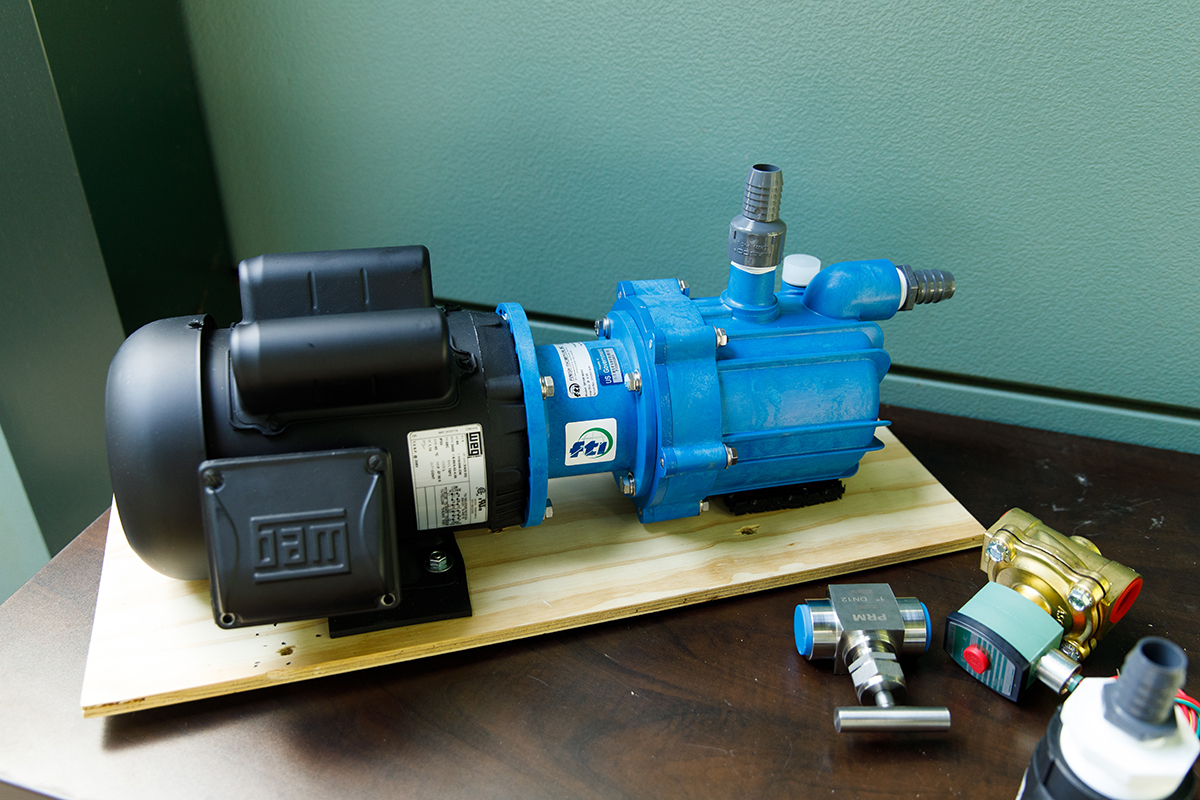
“There is a lot of stranded capacity there with the loss of coal mining, so there’s an opportunity to put (energy) generation there and to transmit it from there,” he said. “Because of the interconnectivity of the grid, there is not a tremendous amount of loss in transferring that power. There has been a loss of coal-fired generation in the area, so there’s enough capacity coming from those plants that are no longer there. So this would be basically trading that generation for new generation.”
Eldredge and Medina have recruited a few undergraduate and graduate students to participate in the project, and last week’s presentation, as part of their research work toward their degrees.
“These are opportunities that are very unique for the students because they involve solving real-world relevant problems, such as energy shortage and environmental sustainability, and developing an important technology that will be enriching to their own careers,” Medina said.
“We wanted to include and engage students, especially in the experimental phase of this, in gathering data and setting up the experimental equipment, maintaining it, and then hopefully processing some of the data and making sense of it,” Eldredge added.
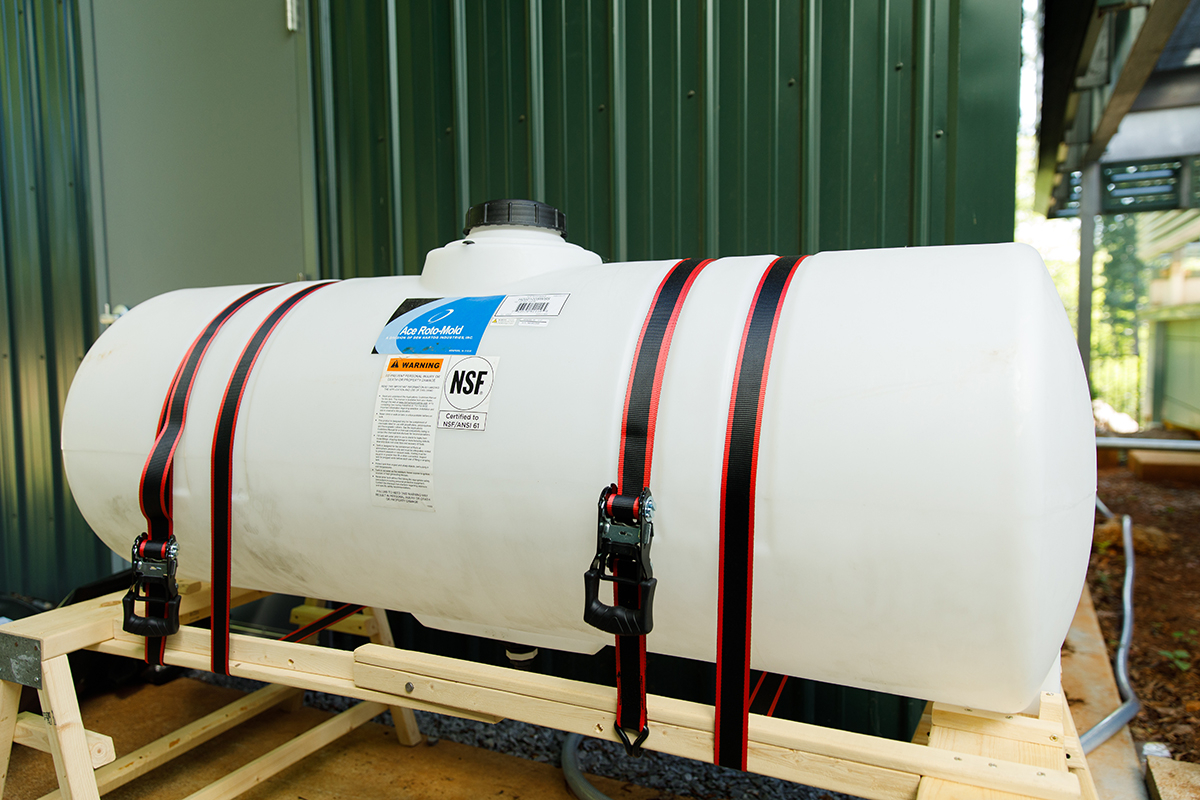
Micah Howell and Carson Farmer have taken key roles in the small-scale testing. Farmer, who graduated with his B.S. in Mechanical Engineering in May, has focused on the electrical side of the project as he is preparing to begin his Ph.D. in Engineering this fall. Howell, who will complete his M.S. in Mechanical Engineering next May, is doing his thesis on his research work and materials testing related to the bladder tanks used in the small-scale setup.
Eldredge and Medina said CERE has been an ideal location to advance research on the project and thanked Executive Director Rich Diddams and his staff for their cooperation.
